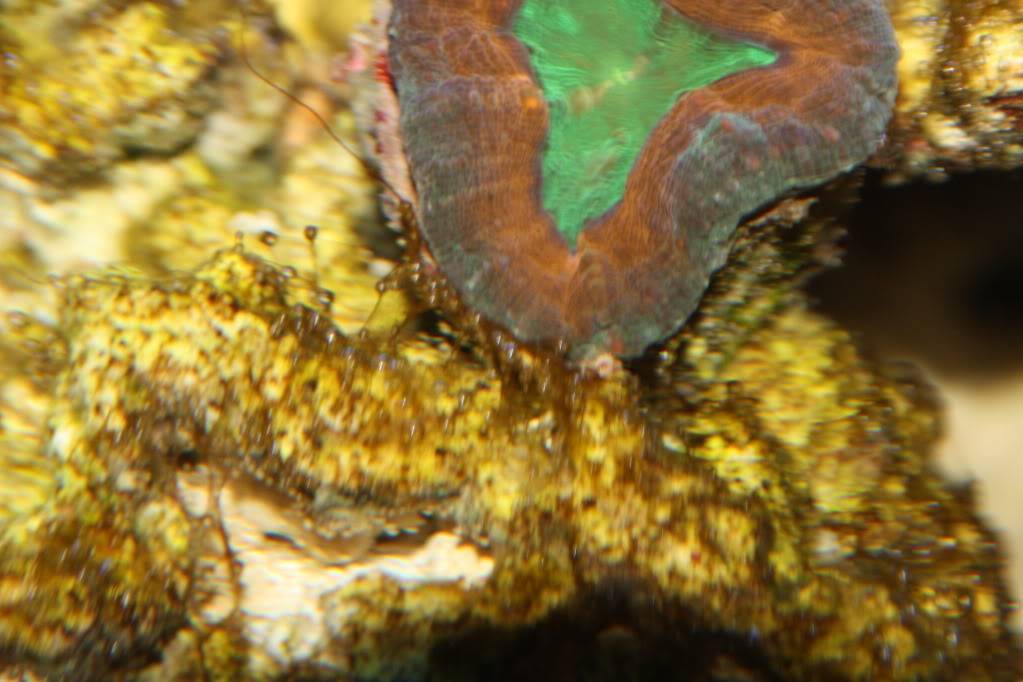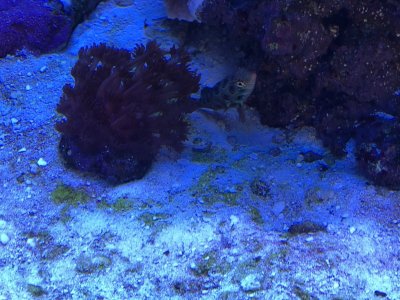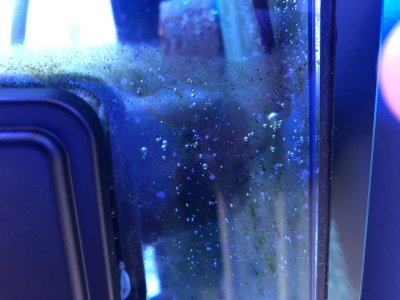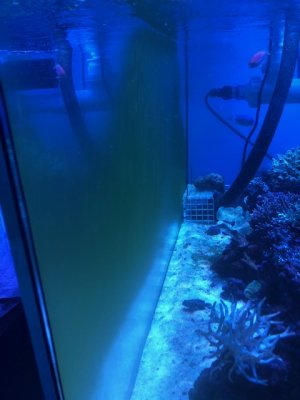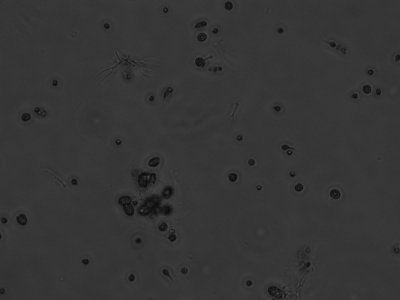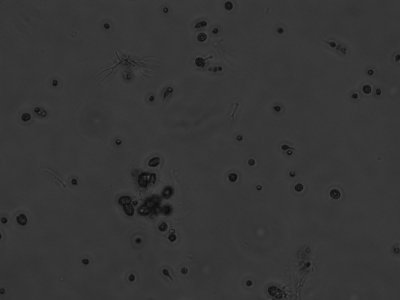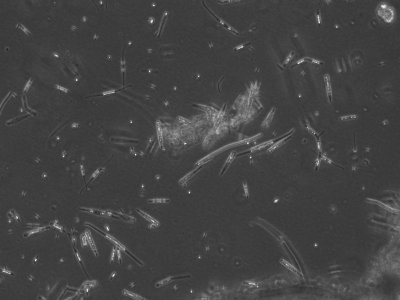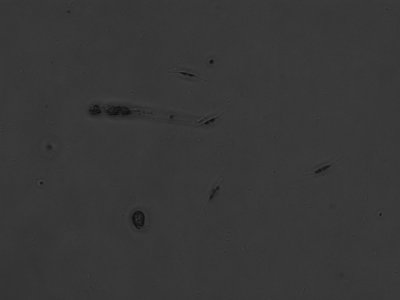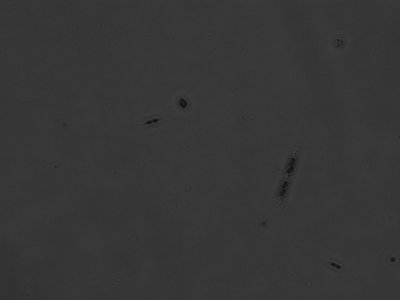- Joined
- May 22, 2016
- Messages
- 6,545
- Reaction score
- 10,102
Those are indeed amphidiniumIt was easier to convert the videos to smaller files than I thought. Here they are. Quite a lot are not moving at all, others move very quickly.
...Here's what I found....
Prorocentrum

The top pic is prorocentrum micans, a planktonic type that we don't have show up in our systems. Our prorocentrum look like prorocentrum Lima




